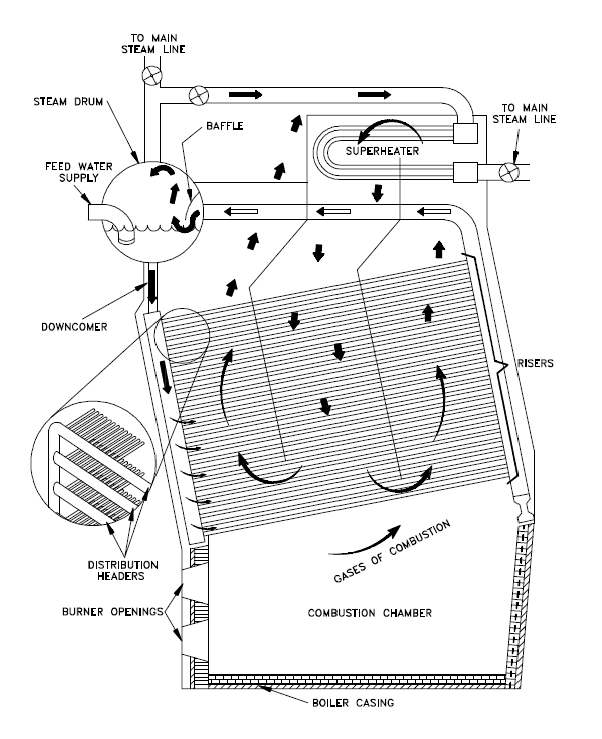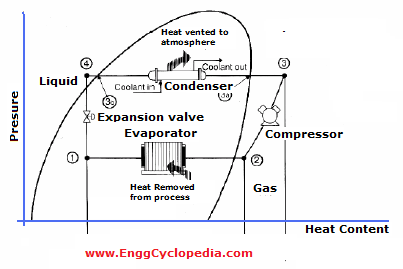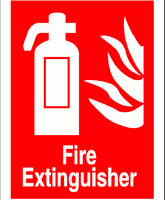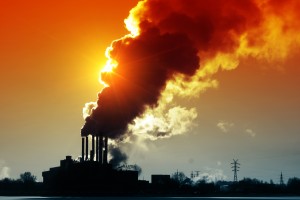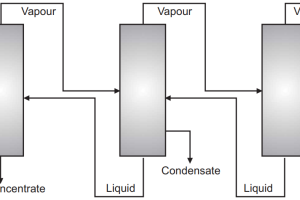Heating, Ventilation and Air Conditioning systems are commonly known by the abbreviation HVAC systems. As the name suggests, HVAC systems are used for maintaining indoor temperature in residential, commercial or industrial buildings and to maintain a certain level of air quality indoors.
Three main components of any HVAC system are:
- Heating - uses boiler or furnace to heat up water, air or steam as per requirement
- Ventilation - uses fans or natural convection to maintain air flow in the building for temperature control, air quality control, filtering etc.
- Air Conditioning - uses a refrigerant which is first compressed and then throttled to cool down the indoor air and then circulate the cold air to lower indoor temperature.
Heating
Basic elements of a heating systems are -
- A heat generator - this can be a furnace / boiler using any fuel to heat up the 'heat distribution medium'.
- A heat distribution medium - typically water / steam / air
- Heat distribution network - air ducts or hot water / steam pipes to circulate the heated air, water or steam through all the rooms in a building
For example, a boiler (generator) is used to boil water and produce steam (heat distribution medium). This steam is then circulated through steam pipes (distribution network) to each room in a building. In each room the steam will be circulated through a radiator to warm up the room. When the steam is cooled down, the condensed water flows back to the boiler room. Here it is again fed to the boiler to produce steam and send it back to the rooms.
Ventilation
Ventilation systems are installed to keep the air moving in a building. Circulated air is put through the heating or air-conditioning system as per requirement for maintaining indoor temperature.
Ventilation systems are used for recirculating the indoor air as well as for replacing some of the indoor air by fresh air from outside.
A ventilation system is also used for maintaining acceptable indoor air quality by filtering out dust, bacteria and other particulate matter.
Ventilation is typically achieved in two ways -
- Forced ventilation - air is pushed through passages or ducts using fans
- Natural ventilation - allows natural convection of air in and out of the building without using any fans or other equipment
Air Conditioning
Similar to a heating system, air-conditioning also consists of following components -
- Cooling unit - takes the indoor air and cools it down to acceptable temperature
- Cold air network - ducts for circulating the cold air throughout the building
- Fans - used to push the cold air through cold air ducts
Different types of cooling units can be used for air conditioning -
- A refrigeration system uses a refrigerant fluid which is first compressed and then throttled across an expansion valve to cool it down as per Joule Thomson effect. The cold refrigerant is then used for cooling down the indoor air.
- Cooling towers circulate warm air through a column of small water streams percolating through a tower. Passing air helps in evaporating some of this water, cooling it down. In turn the contact of this cold water helps to cool down the passing air.
